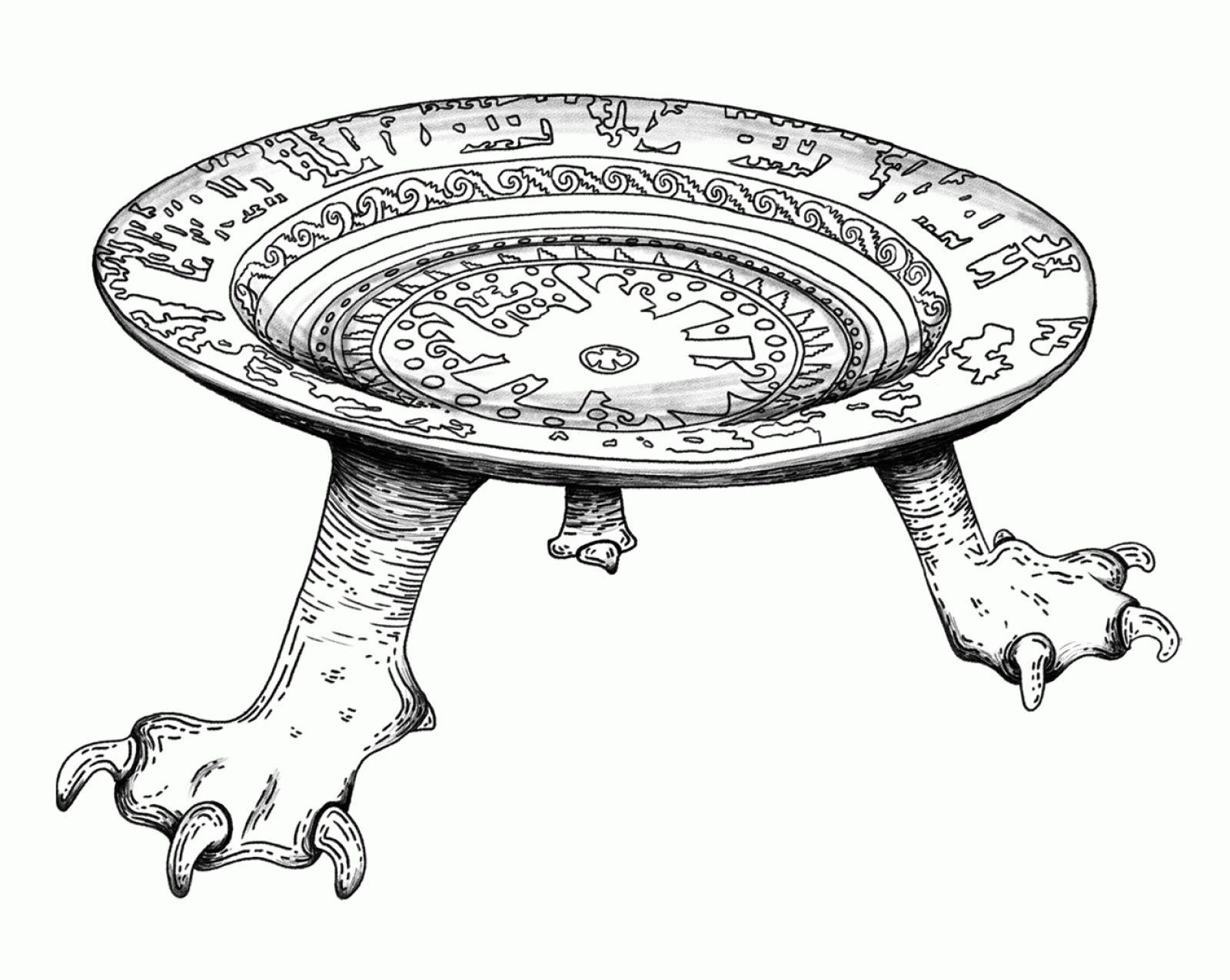Ricerca
The Lives of Things in Mesoamerica
Sanja Savkić Šebek

Mixtec tripod plate (cat. no. 07.0-02657), Cultures of Oaxaca Room, Museo Nacional de Antropología, Mexico City. Drawing by Claudia Ros Gómez
This research project considers Mesoamerican images and objects within a larger framework of relational ontologies to examine the ways in which the social lives of human and non-human actors intersect and interact. This approach is thereby located at the crossroads of art history and anthropology. On the one hand, this project draws from A. Warburg’s reflections on the migration of images, forms and ideas, while also pursuing an open approach through the heuristic potential of native theories and (artistic) practices. Notably, it adopts the Warburgian idea of Bilderfahrzeuge, ‘image vehicles,’ which has been further unfolded in numerous theoretical dimensions. Of particular interest is not only the mediality, but also the materiality of images. As such it attends to the relationship between the discourses relating to the image, as well as the thing, which are often treated separately in scholarship. This is especially relevant given that, in an Amerindian context, the image and material aspects are not so easily differentiated.
In this research, ‘images-vehicles’ (a term newly elaborated for Amerindian expressions) ‘move’ and ‘travel’ across all borders: spatially and temporally, as well as between ‘worlds,’ which consist of human and other-than-human agents (ancestors, past communities, deities, other species, and artifacts). Of central concern are the ways in which Mesoamerican rulers, ritual specialists and artists obtain power, and how it is shown/materialized in different types of media. Given that in Amerindian ontological worldviews time-space assumes a particular form, the matter of moving from one place-time to another, and relating to beings from other spheres of existence, is highly complex. This is reflected in Amerindian iconographic traits and styles, as well as in the ways in which different ‘materials’ have been acquired. These characteristics will be shown in a number of examples from Mesoamerica, particularly in different types of assemblages from pre-Columbian times to the present day.


